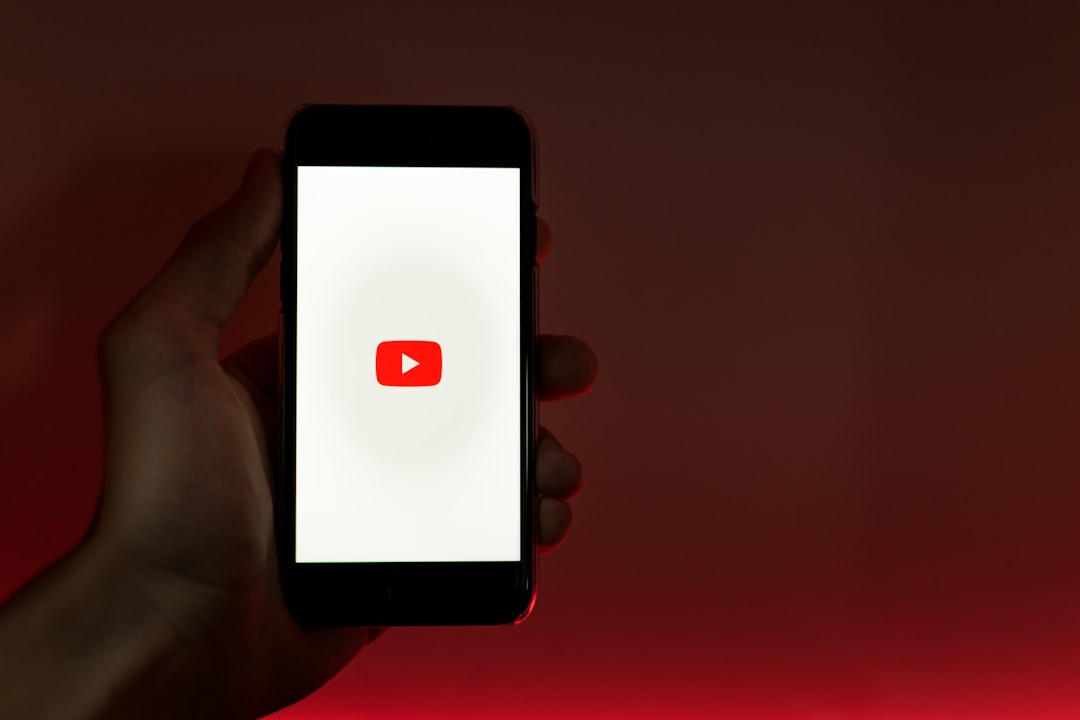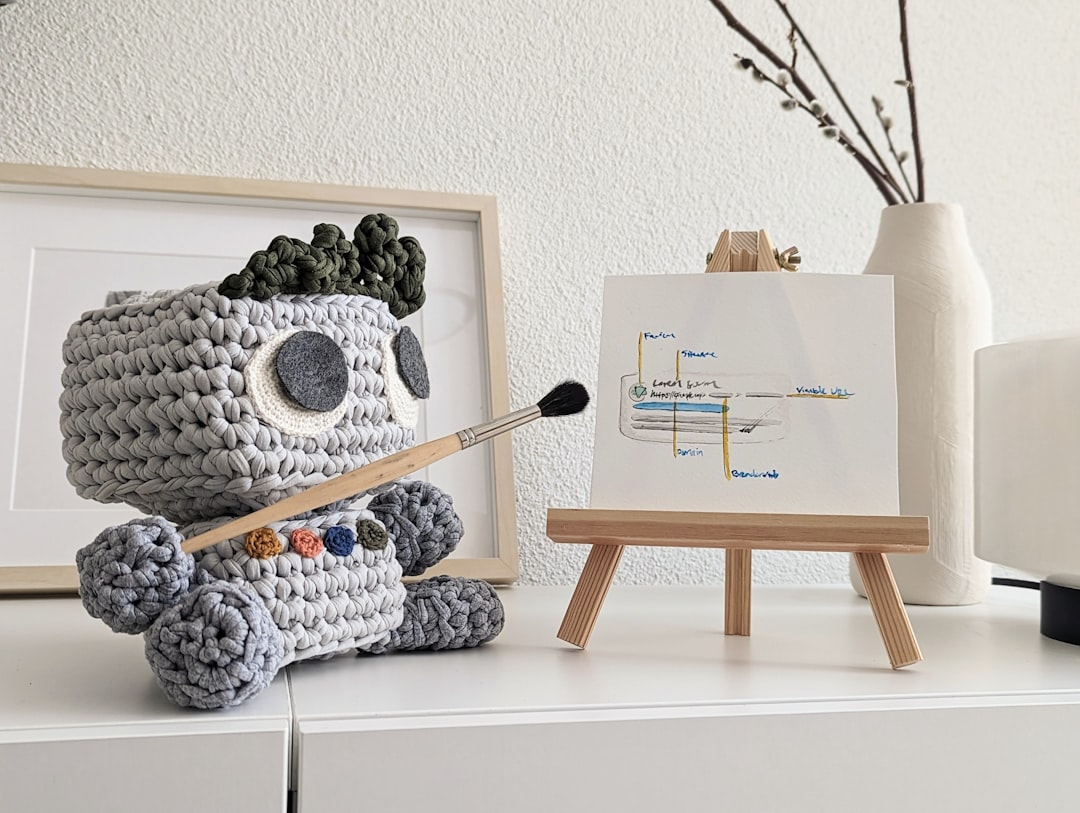When you decide to embark on your YouTube journey, the first step is to set up your channel. This process is more than just creating an account; it’s about establishing your brand and identity on the platform. Start by choosing a channel name that reflects your content and resonates with your target audience.
A catchy and memorable name can make a significant difference in attracting viewers. Once you have your name, customize your channel art, including a banner and profile picture, to create a visually appealing first impression. This is your opportunity to showcase your personality and the essence of your content, so make it count.
Next, you’ll want to fill out your channel description. This is where you can articulate what viewers can expect from your videos. Be clear and concise, highlighting your niche and the type of content you’ll be producing.
Don’t forget to include relevant keywords that can help improve your channel’s visibility in search results. Additionally, consider creating a trailer for your channel. This short video can serve as an introduction to new visitors, giving them a taste of what you offer and encouraging them to subscribe.
With these foundational elements in place, you’re ready to dive into the exciting world of content creation.
Key Takeaways
- Setting up your YouTube channel:
- Choose a catchy and relevant channel name
- Create a compelling channel banner and profile picture
- Optimize your channel description and keywords for search
- Creating engaging content:
- Research trending topics and keywords
- Plan and script your videos for better structure
- Use high-quality visuals and engaging storytelling
- Building a loyal audience:
- Engage with your audience through comments and social media
- Consistently upload content to keep your audience engaged
- Collaborate with other YouTubers to expand your reach
- Monetizing your channel:
- Enable monetization through Google AdSense
- Explore other revenue streams like memberships and merchandise
- Follow YouTube’s monetization policies to avoid demonetization
- Utilizing YouTube’s ad revenue:
- Understand the different ad formats available
- Optimize your videos for ad placement without disrupting viewer experience
- Monitor your ad revenue and adjust your content strategy accordingly
- Partnering with brands and sponsors:
- Build a strong brand and audience to attract potential sponsors
- Reach out to brands with a well-crafted sponsorship proposal
- Disclose sponsored content to maintain transparency with your audience
- Selling merchandise and products:
- Create unique and appealing merchandise related to your channel
- Use YouTube’s merchandise shelf feature to promote your products
- Leverage your loyal audience to drive sales and support
- Diversifying your income streams:
- Explore affiliate marketing opportunities related to your content
- Offer exclusive content or perks through memberships
- Consider diversifying into other platforms or ventures for additional income opportunities
Creating engaging content
Creating engaging content is at the heart of a successful YouTube channel. It’s essential to understand what captivates your audience and keeps them coming back for more. Start by researching trending topics within your niche and analyzing what similar creators are doing.
This doesn’t mean copying their work; rather, use their ideas as inspiration to develop your unique spin. Consider incorporating storytelling techniques into your videos, as narratives can create emotional connections with viewers, making them more likely to engage with your content. Moreover, pay attention to the quality of your videos.
Invest in good equipment, such as a decent camera and microphone, to ensure that your visuals and audio are clear and professional. Editing is another crucial aspect; well-edited videos can enhance the viewing experience and keep your audience engaged. Use graphics, music, and transitions thoughtfully to maintain a dynamic flow throughout your content.
Experiment with different formats—tutorials, vlogs, challenges, or Q&A sessions—to see what resonates best with your audience.
Building a loyal audience

Once you’ve started creating content, the next step is to build a loyal audience that will support you on your YouTube journey. Engagement is key here; respond to comments on your videos and interact with viewers on social media platforms. This two-way communication fosters a sense of community and makes your audience feel valued.
Consider hosting live streams or Q&A sessions where you can connect with your viewers in real-time, allowing them to get to know you better and feel more invested in your channel. Consistency is another vital factor in building loyalty. Establish a regular upload schedule so that your audience knows when to expect new content from you.
Whether it’s weekly or bi-weekly, sticking to a routine helps create anticipation among viewers. Additionally, encourage subscriptions by reminding viewers at the beginning or end of your videos about the benefits of subscribing—such as staying updated on new content or being part of an exclusive community. As you continue to engage with your audience and deliver quality content consistently, you’ll find that loyalty grows organically.
Monetizing your channel
Once you’ve established a solid foundation for your YouTube channel and built an audience, it’s time to explore monetization options. YouTube offers several ways for creators to earn money from their content, but it’s essential to meet specific eligibility requirements first. To qualify for the YouTube Partner Program (YPP), you need at least 1,000 subscribers and 4,000 watch hours over the past 12 months.
Once you meet these criteria, you can apply for monetization and start earning revenue from ads displayed on your videos. In addition to ad revenue, consider other monetization strategies that align with your brand. For instance, you might explore affiliate marketing by promoting products or services relevant to your niche.
By sharing unique affiliate links in your video descriptions, you can earn commissions on sales generated through those links. Another option is creating exclusive content for platforms like Patreon, where dedicated fans can support you financially in exchange for perks such as behind-the-scenes access or early video releases. Diversifying your income streams will not only enhance your earnings but also provide financial stability as you grow.
Utilizing YouTube’s ad revenue
YouTube’s ad revenue system is one of the most popular ways for creators to monetize their channels. Once you’re accepted into the YouTube Partner Program, ads will be placed in your videos based on various factors such as viewer demographics and interests. It’s important to understand the different types of ads available—display ads, overlay ads, skippable video ads, and non-skippable video ads—and how they can impact viewer experience.
Striking a balance between monetization and maintaining viewer satisfaction is crucial; too many ads can deter viewers from watching your content. To maximize ad revenue, focus on creating longer videos that exceed 10 minutes in length. This allows for multiple ad placements throughout the video, increasing potential earnings.
Additionally, consider optimizing your video titles, descriptions, and tags with relevant keywords to improve searchability and attract more viewers. The more views you receive, the higher your ad revenue will be. Keep an eye on YouTube Analytics to track performance metrics such as watch time and audience retention; this data can help you refine your content strategy for better monetization results.
Partnering with brands and sponsors

Building a Strong Personal Brand
To attract potential sponsors, focus on building a strong personal brand that showcases your unique voice and style.
Creating a Media Kit
Create a media kit that highlights your channel’s statistics, audience demographics, and previous collaborations to present to potential partners. When approaching brands for sponsorships, be transparent about your audience and engagement rates.
Authenticity is Key
Authenticity is key; only promote products or services that genuinely resonate with you and would benefit your viewers. Sponsored content should feel organic rather than forced; consider integrating products into your videos naturally or providing honest reviews based on personal experience. This approach not only maintains viewer trust but also enhances the likelihood of successful partnerships in the long run.
Selling merchandise and products
Another effective way to monetize your YouTube channel is by selling merchandise or products related to your brand. If you have a loyal following, they may be interested in purchasing items that reflect their support for you or resonate with the content you create. Start by brainstorming merchandise ideas that align with your niche—this could include clothing, accessories, or even digital products like e-books or courses.
Once you have a product in mind, research platforms that facilitate merchandise sales, such as Teespring or Printful. These platforms allow you to design custom products without upfront costs; they handle production and shipping while you focus on promoting them through your channel. Use your videos to showcase merchandise creatively—consider wearing branded apparel during videos or featuring products in tutorials or reviews.
Engaging storytelling around these items can encourage viewers to make purchases while reinforcing their connection to your brand.
Diversifying your income streams
As a YouTube creator, diversifying your income streams is essential for long-term success and financial stability. Relying solely on ad revenue can be risky due to fluctuations in viewership and changes in YouTube’s policies. Explore various avenues beyond traditional monetization methods—consider launching online courses or workshops that leverage your expertise within your niche.
This not only provides value to your audience but also establishes you as an authority in your field. Additionally, look into creating exclusive content for platforms like Patreon or Ko-fi where fans can support you directly through subscriptions or one-time donations. This model allows for deeper engagement with dedicated followers who are willing to invest in your work while providing you with a steady income stream.
By combining multiple income sources—such as ad revenue, sponsorships, merchandise sales, and direct support—you’ll create a more resilient financial foundation for yourself as a creator. In conclusion, building a successful YouTube channel requires careful planning and execution across various aspects—from setting up the channel and creating engaging content to monetizing effectively and diversifying income streams. By focusing on these elements and remaining adaptable in an ever-evolving digital landscape, you can cultivate a thriving presence on YouTube that not only entertains but also supports you financially.
If you’re looking to create a YouTube channel that makes money, you may want to check out MoneyCheck’s article on how to monetize your channel effectively. This article provides valuable tips and strategies for maximizing your earnings through YouTube, including how to optimize your videos for ad revenue and sponsorships.




